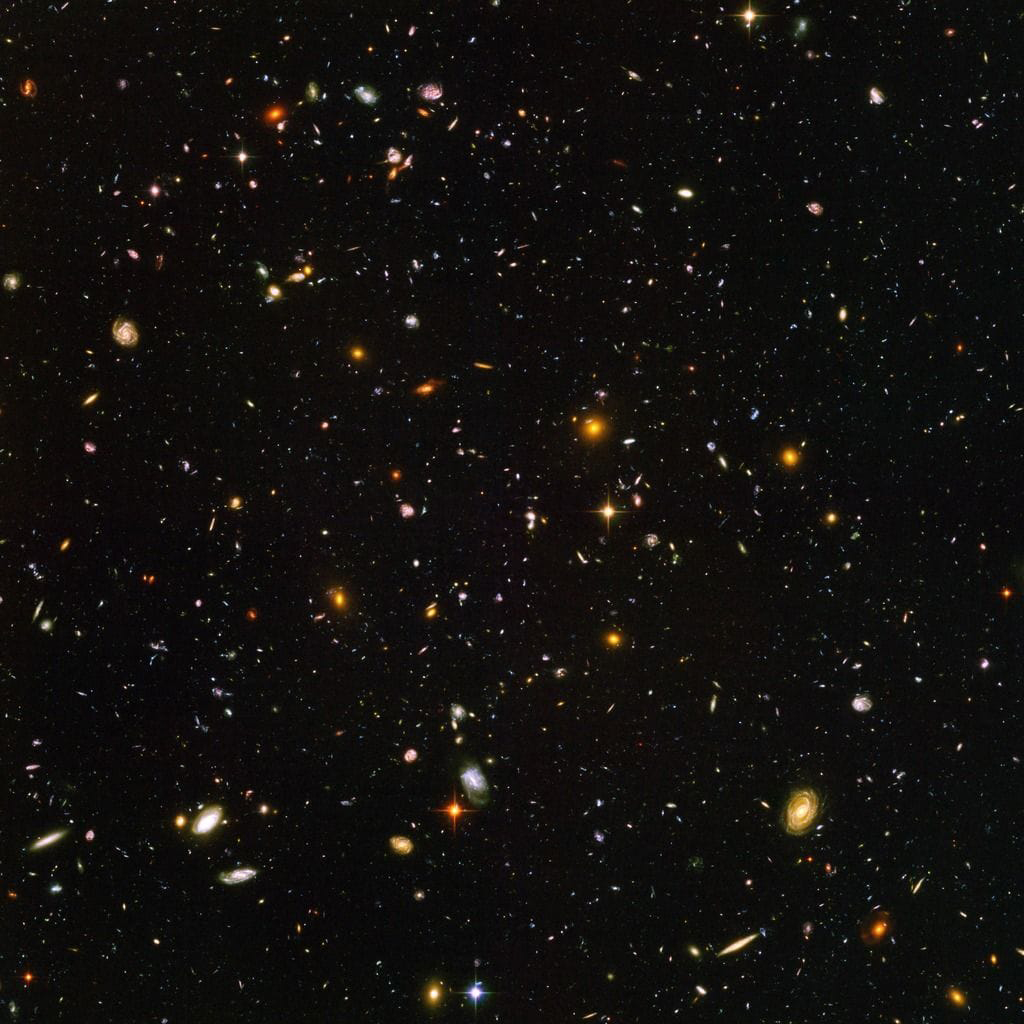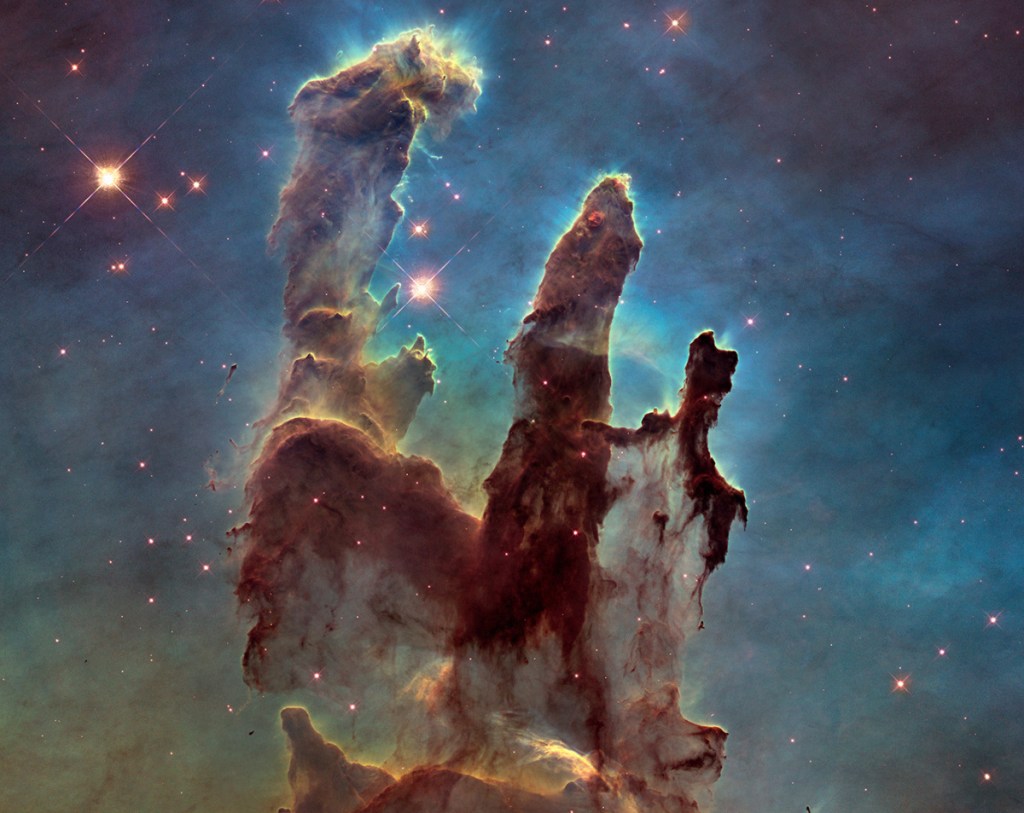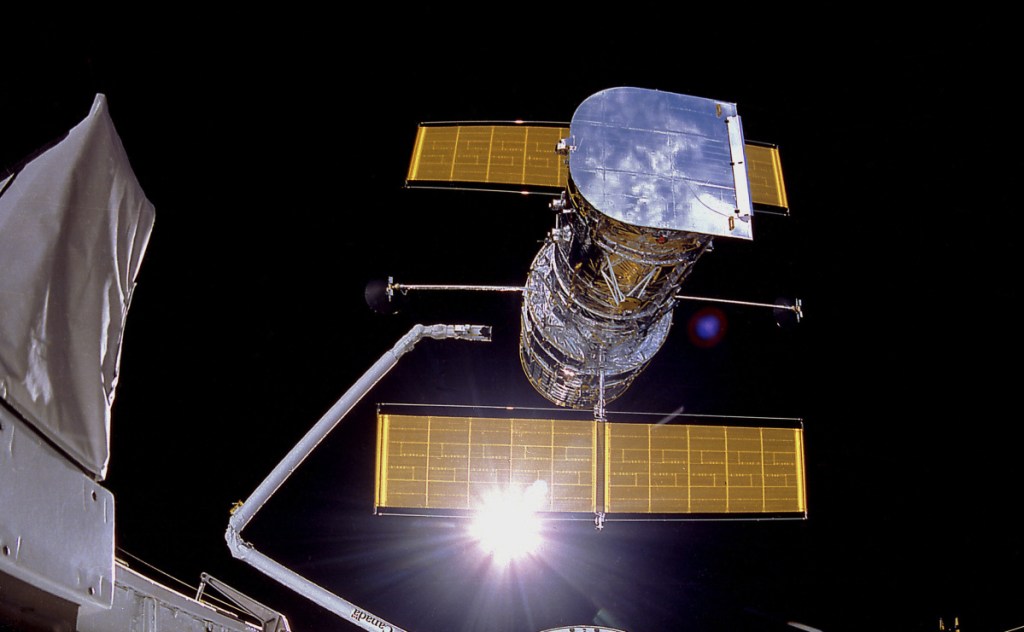America’s Great Observatories – the Hubble, Chandra, Compton and Spitzer space telescopes – have peered into the unknown and made breakthrough discoveries about newborn stars, dark matter and the age of the universe itself.
But these telescopes, whose era began in 1990, are aging, if not already dead, and there is no budget or political will to replace them. This sobering reality was underscored this month when two were beset by technical problems, including the Hubble Space Telescope, that temporarily halted their science.
Shrinking budgets and delayed projects means astronomers will lose some of their key eyes in the skies before NASA can launch new telescopes. It will make some research impossible.
“The unwillingness to invest in substantial science has begun to worry us,” said astrophysicist Matt Mountain, president of the Association of Universities for Research in Astronomy, which operates the Hubble telescope on behalf of NASA.
“We’re facing a very daunting prospect as a community,” Mountain said. “Some fields just won’t have a telescope. And the science will not be possible to do in any other way.”
Some of science’s biggest questions – What is dark energy? Does life exist beyond the solar system? – can only be answered by large observatories working in particular parts of the light spectrum.
Whether to invest in pursuing these questions “is a choice for the nation,” said Paul Hertz, the astrophysics division director at NASA. “What missions we do will be influenced by priorities of the community as well as the funding choices made by the political system.”
The system prioritized the Great Observatories program when it was conceived in the 1970s and ’80s – four telescope missions to cover the entire light spectrum in space. They launched between 1990 and 2003. There was the Compton Gamma Ray Observatory for capturing the most energetic explosions in the universe. The Spitzer Space Telescope to seek out infrared radiation from exoplanets and newborn stars. The Chandra X-ray Observatory could probe the depths of black holes and uncovered evidence for dark matter and dark energy.
The Hubble Space Telescope was the program’s crown jewel, whose massive dish for collecting light in the ultraviolet and visible wavelengths helped determine the age of the universe, revealed black holes at the centers of galaxies, and photographed the most distant objects ever seen.
Space telescopes are difficult to engineer and expensive to build. But they are necessary to get a clear glimpse into the cosmos. Even at night, Earth’s atmosphere distorts light from space, making images blurry and other signals impossible to see.
Using the fleet in concert enhances these telescopes’ power even further. Last year, observations by Hubble, Chandra, Fermi and dozens of other telescopes allowed astronomers to confirm theories about fundamental physics when they observed two dead stars colliding.
The difficulties with Hubble and Chandra this month were an unanticipated one-two punch, but neither spacecraft’s problems are fatal, NASA said. Chandra came back online just days after a glitch with one of its gyroscopes forced the telescope into safe mode. Hubble, which was also hobbled by another gyroscope difficulty, is expected to return to normal operations within a few weeks at the most. NASA expects both telescopes will continue functioning into the 2020s.
Still, the brief brush with oblivion gave astronomers a lasting scare.
“People suddenly realized that Hubble is not going to live forever,” said Tom Brown, the Hubble mission head at the Space Telescope Science Institute. Chandra is 19 years old; Hubble is 28.
Brown said frantic fellow astronomers have kept his phone ringing “non-stop” in the past two weeks. “They’re thinking about what happens next.”
NASA’s billion-dollar-a-year astrophysics program currently flies eight major telescopes aimed at studying space beyond the solar system. Of these, all but one are in their “extended missions” – the bonus years beyond the time for which the spacecraft was originally designed.
Send questions/comments to the editors.





Success. Please wait for the page to reload. If the page does not reload within 5 seconds, please refresh the page.
Enter your email and password to access comments.
Hi, to comment on stories you must . This profile is in addition to your subscription and website login.
Already have a commenting profile? .
Invalid username/password.
Please check your email to confirm and complete your registration.
Only subscribers are eligible to post comments. Please subscribe or login first for digital access. Here’s why.
Use the form below to reset your password. When you've submitted your account email, we will send an email with a reset code.